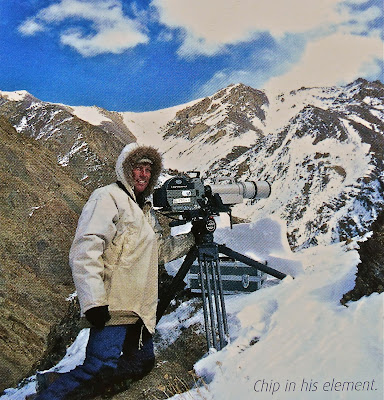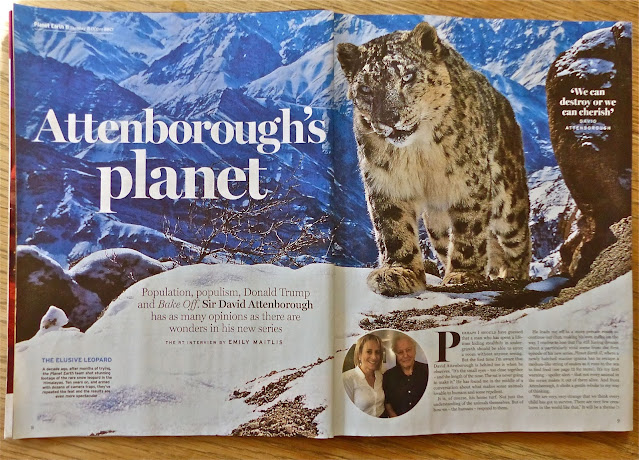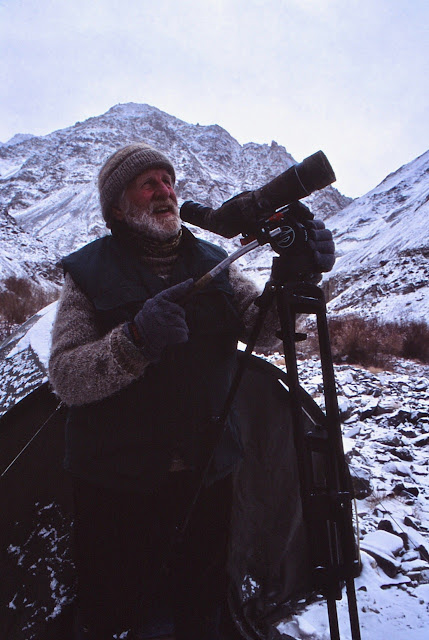Yes, it’s ‘World Osprey Week’ and these most charismatic of birds are fast approaching on the eternal skyways from the west coast of Africa. Hooray for High Flyers!
We live in sunny Dorset and several ospreys have recently passed by on their way to Scotland, including the famous pair ‘Maya and 33’ that have already arrived at their nest on Rutland Water. Remarkably, after their two and a half thousand mile flight from Senegal they landed on their nest within half an hour of each other. Appropriately, it was at mid-day on March 20th, the vernal equinox and first day of Spring, cause for celebration all round!
We are also getting increasingly excited here at Poole Harbour, for we had a nest occupied here by our own star female CJ7 for all of last spring.
She was raised and fledged from Rutland Water in 2015 and in spite of this being her first attempt at breeding, she behaved impeccably, building up her new nest and defending it in the hope of attracting a mate. Sadly it wasn’t to be but ‘The Birds of Poole Harbour’ team and all us locals have our fingers X’d that this year will be the first time ospreys have nested on the south coast since their extinction here a hundred and eighty years ago. We were treated to daily excitement by watching her on the camera the team had set up on the nest. We hope that this image from Scotland is replicated in Dorset soon.
It seems like only yesterday that Sue and I were living in Scotland for two years, [it was actually in the late ’70's], to make a film about ospreys for the RSPB and with the help of Roy [seen mending one of our nests], we completed the task so successfully that the film sold to forty six countries. This neatly goes to show what truly remarkable and exciting birds ospreys are and just in case you are unaware how remarkable these big birds are, I’ll quote the opening lines of the film Roy and I made all those years ago. The BBC even honoured us with a Radio Times front cover.
- THE RETURN OF THE OSPREY -
“The Scottish Highlands, a wilderness of rock and heather, providing refuge for many wild creatures, and one bird in particular, a very special bird, one of the world’s most spectacular hunters - the osprey.
Evolution has set the osprey in a class of it’s own, equipped it with a unique anatomy for supremacy in it’s watery world : five foot wingspan, exceptional eyesight : from it’s sickle beak to it’s strong legs and raking talons, everything about it is designed for a purpose, the only bird of prey in the world to feed exclusively on live fish”.
Our children grew up under their wings so it is no wonder that one of Katie and Peter’s first words was ‘Osprey’! It was in the early years of the osprey’s re-colonisation of Scotland and we lived alongside these charismatic birds for two years. Our love for them is deep in our souls and we pray that this year will see them nesting just down the road in Dorset.
Katie and Peter still get excited whenever they see an osprey, as do Sue and I, so we can’t admire the Birds of Poole Harbour team more for their brave and exciting initiative to re-establish the breeding of ospreys just six miles from our home. These are trying times but if you want the best possible news, the osprey’s imminent return is it! We're all watching and waiting - every day! So far only crows ...
***She's back now though, arriving for a mullet lunch on April 1st and on the nest most mornings. We're praying that she attracts a mate this year, even if it means I'll be wasting hours watching her every move and hopefully, the growth of her chicks. Our fingers are firmly crossed.But that’s not all the good news. Thanks to Roy’s energy and foresight, another high flyer is now winging around above us here on the south coast, the sea eagle.
This remarkable picture was taken from Hengistbury Head in Christchurch Harbour on March 23rd, just a couple of days ago! It shows two of the youngsters that Roy and his team have translocated from nests in Scotland in the hope that they can recolonise their old haunts around the Isle of White.
Like the osprey, sea eagles were exterminated from Scotland, the last ones nesting in 1916 on a steepling sea cliff on the Isle of Sky. I enjoyed the privilege of making a film for David Attenborough’s BBC One series about their remarkably successful reintroduction to Scotland between 1975 and 1985. Our film followed a few of the 75 translocated youngsters on their journey from nests along the cliffs of Norway to the Isle of Rum on Scotlands’ rugged west coast. Here they were raised by John Love and learnt the skills necessary for their survival and it is the same techniques that will hopefully prove triumphant down here on the Isle of White. They last nested here on Culver Cliff in 1780!
 |
| These two great pics were taken by friend and ace lensman Mike Read in Mull. |
There are now one hundred and thirty territorial pairs of sea eagles in the UK and in spite of continuing persecution, numbers are increasing and providing substantial support for rural economies. These dramatic birds help raise £2.4 million on Skye and an impressive £5million on the Isle of Mull. You can read all the detail on Roy’s Wildlife Foundation Website - https://www.roydennis.org/
 |
| This splendid pic was taken by ace photographer Laurie Campbell for our Catching the Impossible book |
Yet another high flyer is also helping stressed rural economies, the extraordinary success of the recolonisation of red kites across much of its’ former range. Their numbers have reached an unbelievable 1,800 pairs and they are increasing every year. In fact, it still shocks us that not so long ago we had to travel to remote valleys in West Wales to see one of only a dozen surviving red kites but can now look up and see red kites circling over our Dorset garden. Every one is a moment of magic.So thanks to all these inspiring conservation initiatives and years of hard work, there is a lot of good news out there, so instead of walking head down, look up and be amazed by all these high flyers overhead. These truly are exciting times - WOW indeed!






























